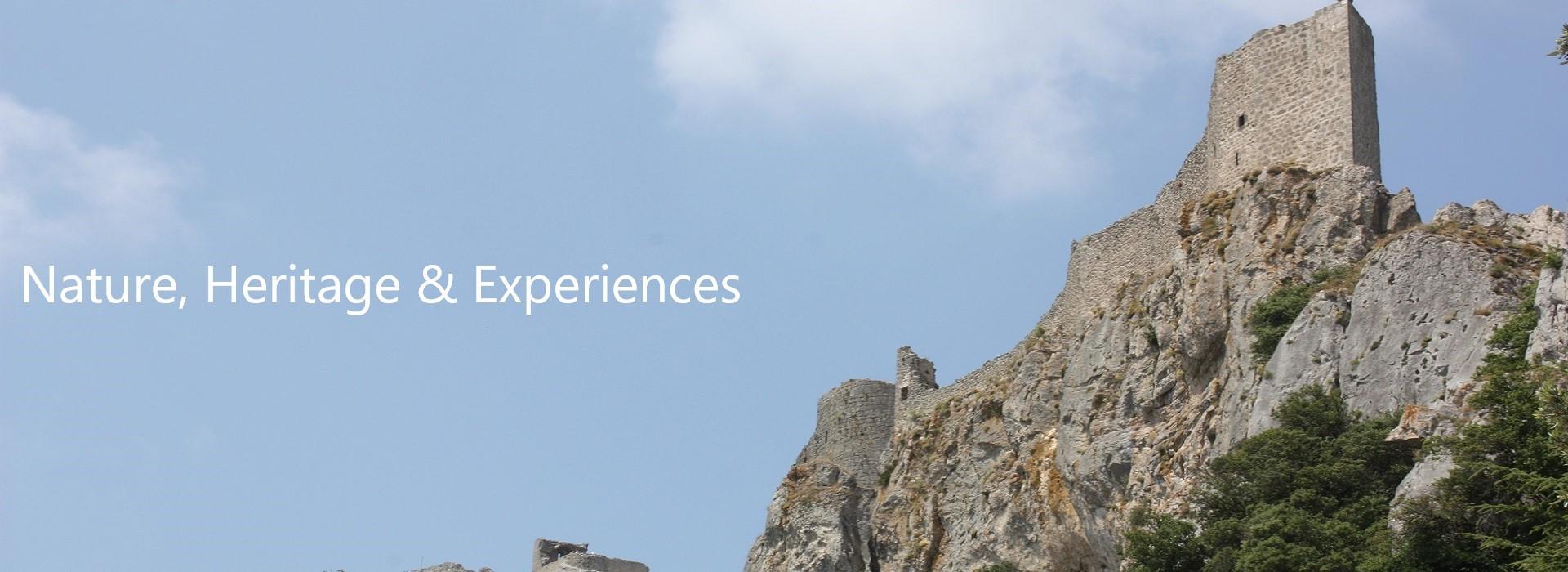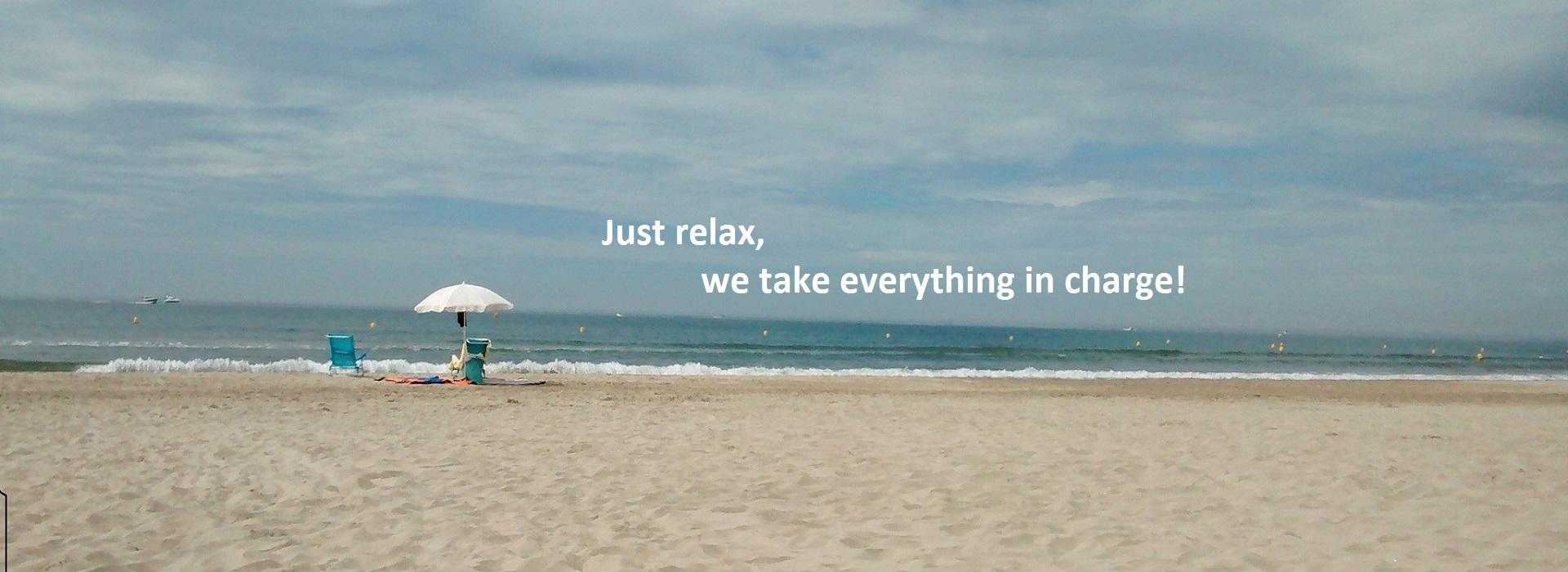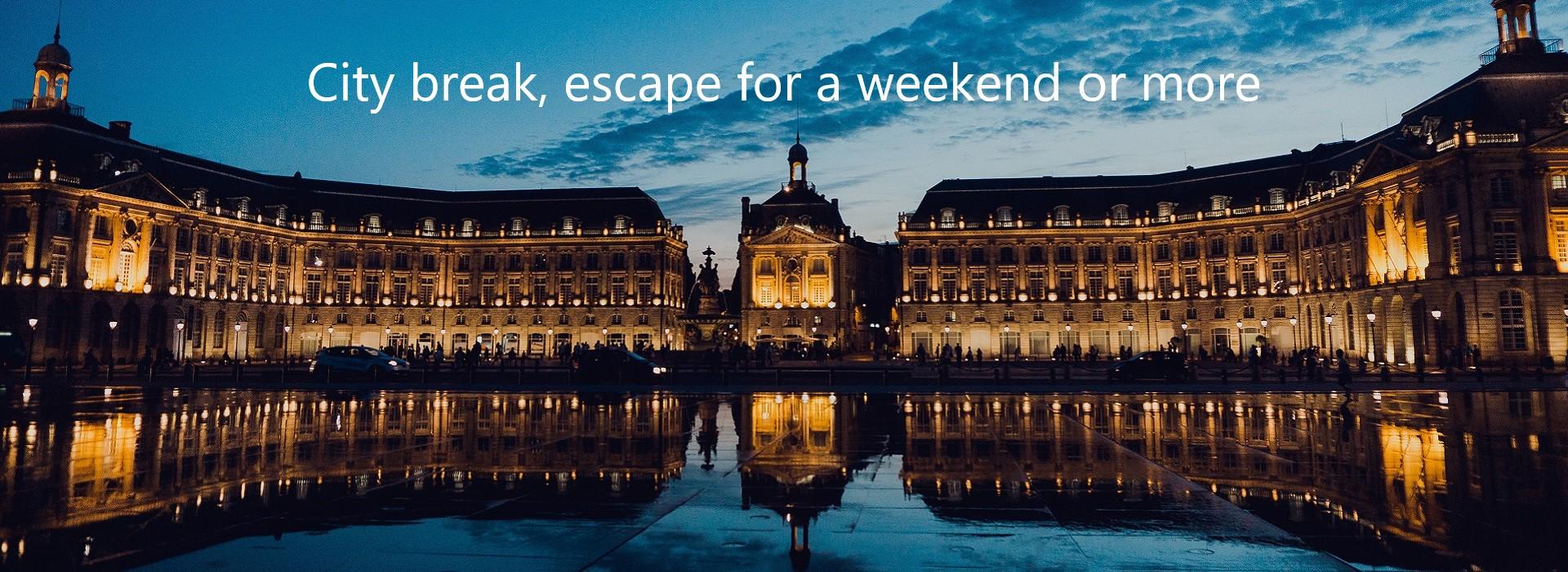Fontfroide Abbey

FONTFROIDE ABBEY
When you come to Narbonne during your holidays, you can spend so much time to explore and discover all its treasures and wonders. Thanks to its splendid and rich heritage, Narbonne would please and surprise you! One of these beauties you must visit is an abbey of the 11th century: Fontfroide Abbey. Hidden in the heart of the Corbières hills, Fontfroide was once a powerful Cistercian Abbey that is nowadays one of the most curious but gorgeous place to visit. Are you ready to follow us and discover all its secrets?
ABBEY OF FONTFROIDE HISTORY
The territory where the abbey was created was given by the Count of Narbonne to a community of Benedictine monks. Like the monument was built near a spring of cold water, it took its name: Fons Frigidus that gave Fontfroide. Even if it was built in the 11th century, it is really one century later that the abbey developed the most thanks to its relationship and affiliation to the Cistercian Order. Once it passed to this order, Fontfroide was back to a certain kind of purity and the monks had to make votes of poverty, austerity and vote of sobriety in its architecture. The idea was to follow the rule of St Benedict that was the once of the strictest from the Middle Ages. When you come on holidays in Narbonne region, you are not so far from Carcassonne and Beziers, two major cities linked to the so-called Crusade of the Albigensians. Fontfroide abbey had a relationship with this “Holy War” as well.
Pierre de Castelnau, who was the abbot of the abbey during the early 13th century, was murdered, and then, the abbey started receiving donations and gifts from noble families in the surrounds. Of course, all these gifts and its particular position, the abbey became famous for being a pure catholic centre and also a monument that extended its influence. Jacques Fournier was the ruler of the abbey at the early 14th century, he also led the Inquisition in the Languedoc after he was elected bishop. Any people know him under the name of Benedict the 12th. This is name he chose once he was elected Pope in Avignon in 1334. He is the one who really started all the work of Avignon Pope’s Palace construction. In the same time, he tried to transform and reform the religious orders and began by his former abbey: Fontfroide.

As time went by, the owners of the abbey changed, and finally the last monks escaped in 1901. In 1908, a family of famous and wealthy wine traders and land owners bought the abbey. It was the family of Gustave Fayet who was also an amateur painter and Art collector. He was a visionary collector, and, in his collection, it was possible to find master pieces of Gauguin, Cézanne, Van Gogh and especially the symbolist artist Odilon Redon. This special artist was a very good friend of Fayet, and he painted two walls in the kitchen and living room of the private parts where the family was living. Nowadays, the descendants of the abbey are still living there and take care of the building.
Fontfroide is of course classified as one of the most beautiful religious Languedoc religious monuments.
Pierre de Castelnau, who was the abbot of the abbey during the early 13th century, was murdered, and then, the abbey started receiving donations and gifts from noble families in the surrounds. Of course, all these gifts and its particular position, the abbey became famous for being a pure catholic centre and also a monument that extended its influence. Jacques Fournier was the ruler of the abbey at the early 14th century, he also led the Inquisition in the Languedoc after he was elected bishop. Any people know him under the name of Benedict the 12th. This is name he chose once he was elected Pope in Avignon in 1334. He is the one who really started all the work of Avignon Pope’s Palace construction. In the same time, he tried to transform and reform the religious orders and began by his former abbey: Fontfroide.

As time went by, the owners of the abbey changed, and finally the last monks escaped in 1901. In 1908, a family of famous and wealthy wine traders and land owners bought the abbey. It was the family of Gustave Fayet who was also an amateur painter and Art collector. He was a visionary collector, and, in his collection, it was possible to find master pieces of Gauguin, Cézanne, Van Gogh and especially the symbolist artist Odilon Redon. This special artist was a very good friend of Fayet, and he painted two walls in the kitchen and living room of the private parts where the family was living. Nowadays, the descendants of the abbey are still living there and take care of the building.
Fontfroide is of course classified as one of the most beautiful religious Languedoc religious monuments.
VISIT THE ABBEY AND TURN BACK IN TIME
If you enjoy the beautiful landscapes and the confidential places, you would spend a lovely time there. It is perfect a day in vacation. First you visit the site, and after the tour start a hiking tour in the Corbières. Even if the abbey is old of many centuries it has been keeping its charms through the time. Enter in the site by passing a gate of wrought iron that lead to the ancient refectory. The homage courtyard is a true enchantment far from the former medieval austerity. The façades, the windows and the courtyard disposition remember the aspect of the castle courtyards. The true enchantment comes with the gothic cloister built during the 13th century. It is a lovely place decorated with arc broken vault, pink marble columns. Even if it is a majestic place it is still a sober architecture that demonstrate the supremacy. The abbey church is also a true jewel in this whole architectural development.

A Romanesque gate is completed by modern stand glass windows painted by Burgsthal. Do not miss the Capitular room or the cellar district. At the end of the church visit the most sublime part of the visit is conclude by the visit of the garden, created in a 18th century courtyard. This garden made is stairs like terraces. As you have been reading in before, the abbey is surrounded by a beautiful landscape that is typical of the Mediterranean region. When you climb a little in the countryside, the top of the hills offers a fantastic panoramic view over 50 kilometres around. It is only possible to discover this sumptuous landscape by biking or hiking.
Because of a fire that burnt a great part of the natural site in 1986, the location is still a sensitive one, and fire are not allowed anymore.

A Romanesque gate is completed by modern stand glass windows painted by Burgsthal. Do not miss the Capitular room or the cellar district. At the end of the church visit the most sublime part of the visit is conclude by the visit of the garden, created in a 18th century courtyard. This garden made is stairs like terraces. As you have been reading in before, the abbey is surrounded by a beautiful landscape that is typical of the Mediterranean region. When you climb a little in the countryside, the top of the hills offers a fantastic panoramic view over 50 kilometres around. It is only possible to discover this sumptuous landscape by biking or hiking.
Because of a fire that burnt a great part of the natural site in 1986, the location is still a sensitive one, and fire are not allowed anymore.
ENTERTAINMENT AND TASTING
Fontfroide is nowadays a pleasant place you would enjoy if you visit it. But it is much more pleasant if you come for special occasions like the Music & History festival in July or the Easter Gregorian Gospels, and perhaps the most beautiful of all: The May Flowers Festival. Music festivals, concerts, or even dedicated to flowers and colours make Fontfroide famous. For the gourmets, there is nothing better than a delicious meal at the restaurant “La Table de Fontfroide”. The owners of the house are the one who now elaborated the famous wines made in Fontfroide. Nowadays, the wines made in the abbey estate are famous not only in France, but all over the world. Of course, there is nothing better than tasting a glass of the local wines.

Follow us in our Narbonne destination

Follow us in our Narbonne destination




